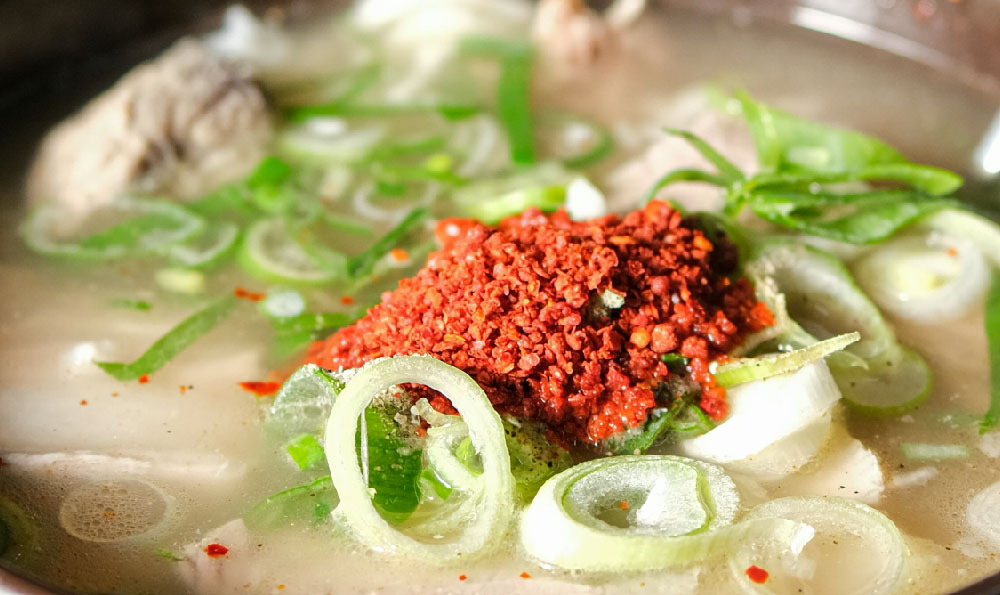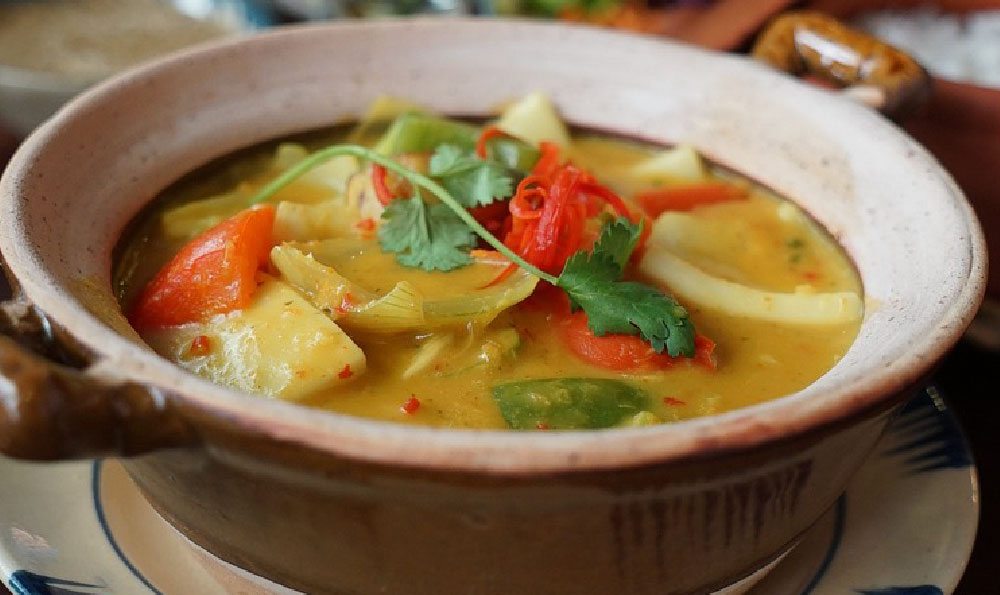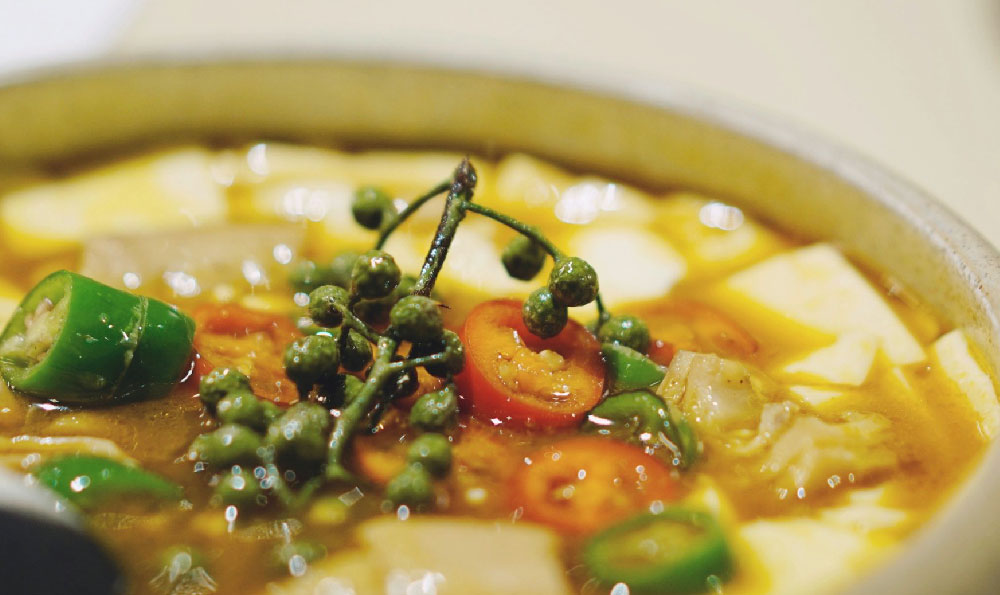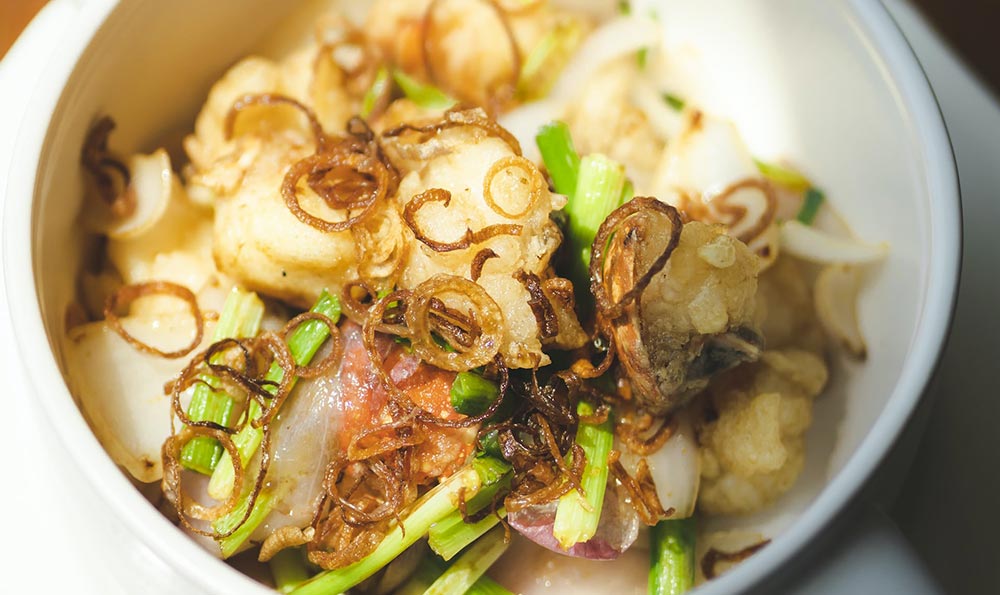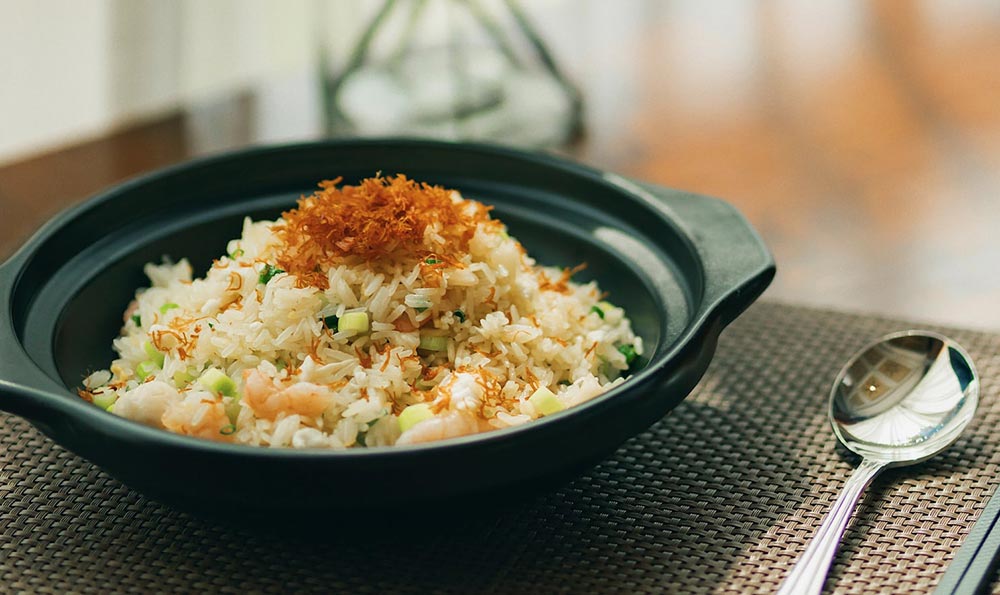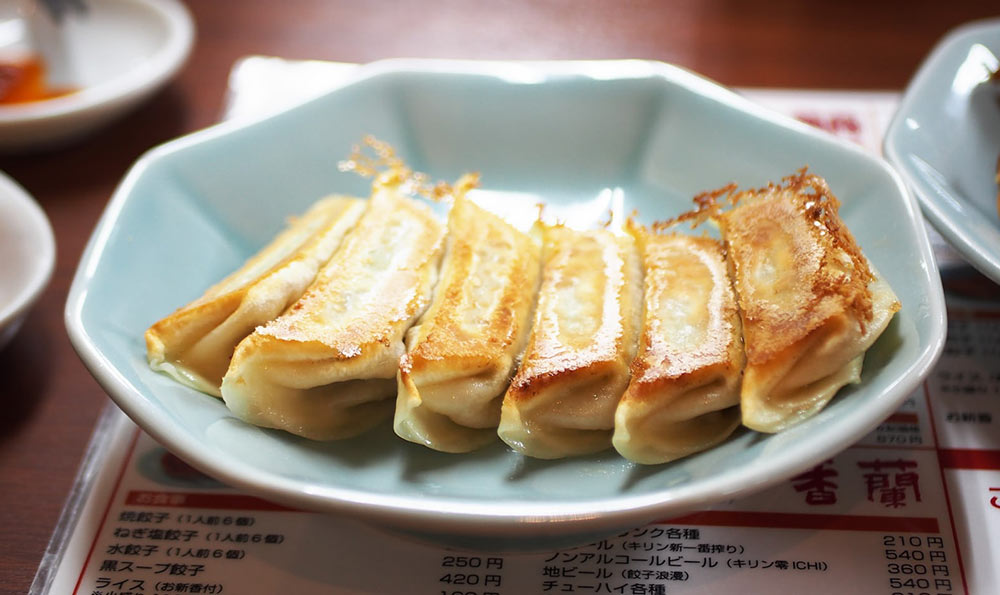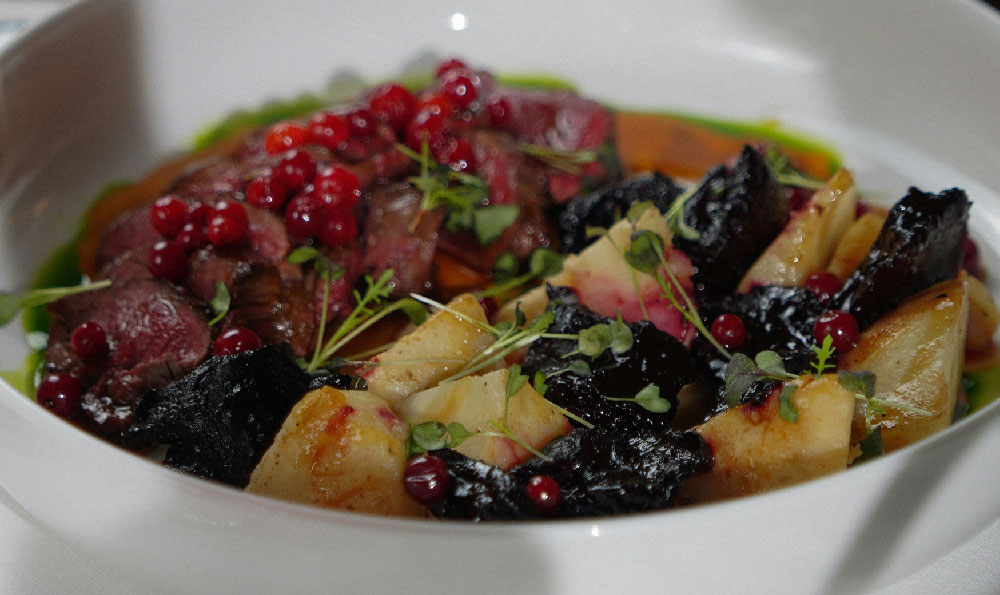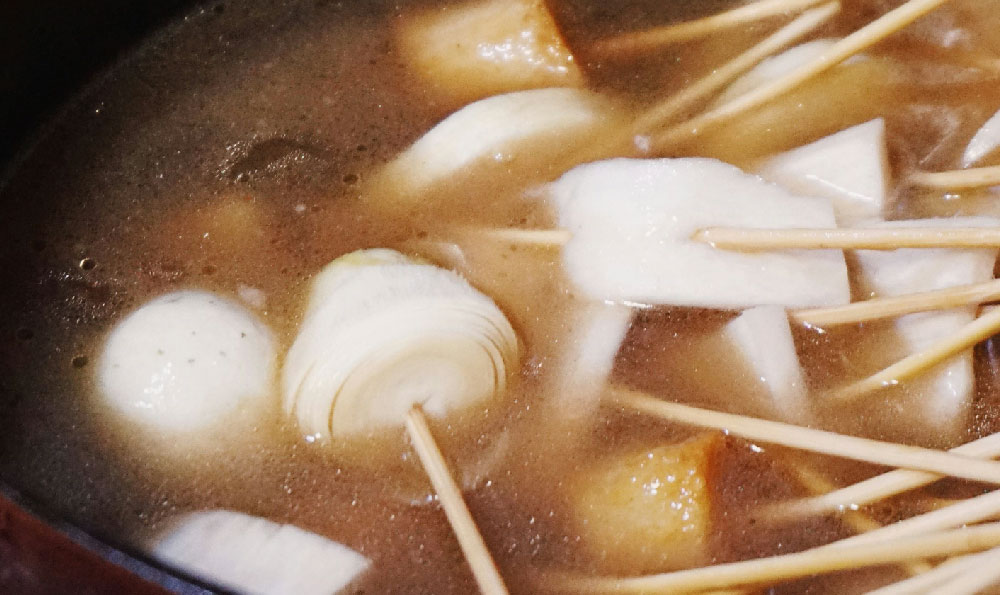
东北麻辣烫是东北地区的传统特色美食之一。其特点是选用新鲜的食材,加入独特的调料,以烫的方式烹饪而成。这种独特的烹饪方式使得食材保持了原汁原味的口感和营养。
二、食材准备和处理
制作正宗东北麻辣烫的关键在于食材的选择和处理。新鲜的肉类、蔬菜和豆制品是制作好吃的麻辣烫的基础。肉类可以选择猪肉片、牛肉片、羊肉片等,蔬菜可以选择莴苣、土豆片、豆芽等,豆制品可以选择豆腐、豆皮等。食材的处理要注意保持原汁原味,切片大小要均匀一致。
三、调料的使用和配比
正宗的东北麻辣烫离不开辣椒、花椒和豆瓣酱等调料的加入。辣椒和花椒是制作麻辣口味的关键,而豆瓣酱则能给汤底增添浓郁的味道。在调料的使用上,要根据个人口味适量添加,不宜过多或过少。配比上,可以根据自己喜好进行调整。
四、烹饪过程和技巧
制作正宗东北麻辣烫的烹饪过程相对简单,但需要掌握一些技巧。将锅中的水烧开,然后将食材逐一放入煮熟。在加入调料时,要根据个人口味喜好和食材的种类选择适合的调料类型。煮熟后,可以根据个人口味加入辣椒油、蒜末等调料提升风味。
五、享用和搭配建议
制作好的东北麻辣烫可以直接食用,也可以搭配米饭、面条等其它主食一起享用。在享用的时候,可以根据个人口味加入葱花、香菜等调料提升风味,也可以加入蘸料如酱油、醋等调整口感。东北麻辣烫的食用方式灵活多样,可以根据个人喜好进行调整。
制作正宗东北麻辣烫需要注意食材的选择和处理、调料的使用和配比、烹饪过程和技巧,以及享用和搭配建议。掌握这些要点,就能轻松制作出美味可口的东北麻辣烫。让我们来一起动手试试,感受这道传统美食的魅力吧!
东北老式麻辣烫做法和配方窍门

东北老式麻辣烫是一道以面条为主料,配以各种蔬菜和调料制作的经典川味美食。这道菜品在东北地区非常受欢迎,因其麻辣鲜香的口感而倍受喜爱。本文将以客观、专业、清晰和系统的风格,通过定义、分类、举例和比较等方法,介绍制作东北老式麻辣烫的做法和配方窍门。
正文:
一、麻辣汤底的制作
麻辣烫的麻辣汤底是其核心,它的制作方法多种多样,根据个人口味的不同可以选择经典的酱料、豆瓣酱或者川味调料。这些调料需要提前准备好,然后根据比例混合均匀。可以根据个人口味的辣度调整辣椒粉的用量。将混合好的调料煮沸后,加入适量的高汤,搅拌均匀,煮沸后即可关火备用。
二、配料的选择和准备
配料的选择对于麻辣烫的口感和味道至关重要。麻辣烫的配料可以分为主料和辅料两大类。主料主要包括面条、豆腐、牛肉、羊肉等,辅料则有豆芽、海带、黄豆芽等多种蔬菜。在准备配料时,需要根据菜品的口感要求进行切割和处理。一些主料需要提前腌制或煮熟,以确保烫煮时的鲜嫩口感。
三、烹饪技巧和窍门
在烹饪麻辣烫时,有一些技巧和窍门可以提高菜品的口感和味道。烹饪时需要根据不同食材的熟化时间进行分批煮熟,以免有些材料煮熟了,而有些材料却还生硬。烹饪时需要注意火候的掌握,避免过度煮熟,导致食材变得过软。根据个人口味的不同,还可以加入一些独特的调味料,如花椒、香菜等,以提升麻辣烫的风味。
四、不同地区的特色麻辣烫
不同地区的麻辣烫因土地和人文的不同,形成了各具特色的风味。四川麻辣烫口味麻辣浓重,使用大量花椒和辣椒粉调味,更加辣味突出;而东北老式麻辣烫则更加注重鲜香口感,注重配料的丰富和口感的层次感。这些不同的特点使得麻辣烫在不同地区都形成了自己独特的风味。
通过本文的介绍,我们了解了制作东北老式麻辣烫的做法和配方窍门。从麻辣汤底的制作、配料的选择和准备,到烹饪技巧和窍门,再到不同地区的特色麻辣烫,每个环节都对菜品的味道和口感起着重要的影响。无论是作为一道家常菜还是作为餐厅的特色菜,东北老式麻辣烫都是一个值得品尝和尝试的美食。
参考译文:
Northeast Traditional Spicy Hot Pot Making Methods and Recipe Tips
Introduction:
Northeast traditional spicy hot pot is a classic Sichuan-style cuisine made primarily with noodles, various vegetables, and seasonings. This dish is highly popular in the Northeast region and widely loved for its numbing spiciness and fragrant taste. In this article, we will provide an objective, professional, clear, and systematic presentation of the methods and recipe tips for making Northeast traditional spicy hot pot, using techniques such as definition, classification, examples, and comparisons.
Body:
I. Making the spicy broth
The spicy broth is the core of spicy hot pot, and its preparation methods vary. Depending on personal taste preferences, one may choose classic sauces, bean paste, or Sichuan-style seasonings. These ingredients should be prepared in advance and mixed in the appropriate proportions. The amount of chili powder can be adjusted according to personal spiciness preference. After boiling the mixed seasoning, add an appropriate amount of broth and stir well. Once it comes to a boil, turn off the heat and set aside.
II. Ingredient selection and preparation
Ingredient selection plays a crucial role in the taste and texture of the spicy hot pot. Generally, the ingredients can be divided into two categories: main ingredients and side ingredients. Main ingredients include noodles, tofu, beef, and lamb, while side ingredients encompass various vegetables such as bean sprouts, seaweed, and mung bean sprouts. When preparing the ingredients, they should be cut and processed according to the desired taste and texture. Some main ingredients may require marinating or cooking in advance to ensure a tender and flavorful result when boiled.
III. Cooking techniques and tips
There are some techniques and tips that can enhance the taste and flavor of the spicy hot pot. Firstly, it is important to cook the ingredients in batches, taking into account their different cooking times, to avoid overcooking some ingredients while others remain undercooked. Secondly, mastering the right cooking time is crucial to avoid over-softening the ingredients. Additionally, unique seasonings such as Sichuan peppercorns and cilantro can be added according to individual taste preferences, enhancing the overall flavor.
IV. Regional variations of spicy hot pot
Due to regional variations in geography and culture, different regions have developed their own distinctive flavors of spicy hot pot. For example, Sichuan-style spicy hot pot is known for its strong spiciness, using a significant amount of Sichuan peppercorns and chili powder, resulting in an intense heat. On the other hand, Northeast traditional spicy hot pot emphasizes a fragrant and refreshing taste, focusing on a rich variety of ingredients and layers of flavors. These regional differences have created unique characteristics for spicy hot pot in different areas.
Conclusion:
Through this article, we have gained an understanding of the methods and recipe tips for making Northeast traditional spicy hot pot. From the preparation of the spicy broth, the selection and preparation of ingredients, to cooking techniques and tips, and even regional variations, each aspect plays a crucial role in the taste and texture of the dish. Whether as a home-cooked meal or a specialty dish in a restaurant, Northeast traditional spicy hot pot is a culinary delight worth savoring and exploring.
正宗麻辣烫底料配方及做法
一、底料的重要性

麻辣烫作为中国的传统美食,自古以来备受喜爱。而其中最关键的因素莫过于底料了。正宗的麻辣烫底料能够给菜品带来独特的口感和风味,因此掌握底料的配方与制作方法是制作美味麻辣烫的必要条件。
二、底料的配方
1. 辣椒面:它是麻辣烫中最重要的成分之一。辣椒面的辣度和风味会直接影响到整个菜品的口感。选择优质的干辣椒,晒干后研磨成粉,保持辣椒的纯正香辣。
2. 豆瓣酱:作为麻辣烫的另一味主角,豆瓣酱负责给菜品带来独特的鲜香和咸味。选择质量可靠的豆瓣酱,可以增加菜品的层次感和风味。
3. 花椒粉:花椒是麻辣烫中的必备调料,它能够增加菜品的麻味和香气。选择颗粒饱满的花椒,烘炒后研磨成粉,使菜品更加美味。
4. 葱姜蒜:这是一道传统的底料步骤,用来增加菜品的香气和风味。将葱姜蒜切碎后炒香,增加菜品的鲜美程度。
5. 清油:清油作为底料中不可或缺的一部分,用来与其他调料充分融合,增加菜品的滑润度和口感。
三、底料的制作方法
1. 将辣椒面、豆瓣酱和花椒粉按照一定比例调和在一起,使它们均匀混合。
2. 锅中加入适量清油,加热后放入葱姜蒜炒香。
3. 将调和好的辣椒酱连续加入锅中,同时不停搅拌,使其与葱姜蒜充分混合。
4. 搅拌至底料变红变香,呈现出油泼辣椒的状态后,熄火待凉。
5. 待底料完全冷却后,装入干净的容器中密封保存。
四、底料的使用建议
1. 麻辣烫底料应根据个人口味进行调整,可以增加或减少调料的用量。
2. 底料可以提前制作好,存放在冰箱中,使其更加入味,也方便随时使用。
3. 在烹饪时,底料可以根据个人口味的要求,进行炒菜或者直接倒入锅中烧开,再加入其他食材煮熟即可。
五、底料的市场前景
麻辣烫是中国人最爱的美食之一,底料的需求量持续增加。随着人们对麻辣烫的认识和追求的提高,对于正宗底料的需求也越来越大。制作正宗麻辣烫底料的行业前景非常广阔。
六、结语
正宗麻辣烫底料是制作美味麻辣烫的关键所在,配方和制作方法的准确性直接影响菜品的风味和质量。通过掌握合理的配方和制作方法,制作出口感独特、麻辣可口的麻辣烫,将会受到广大消费者的喜爱和追捧。




